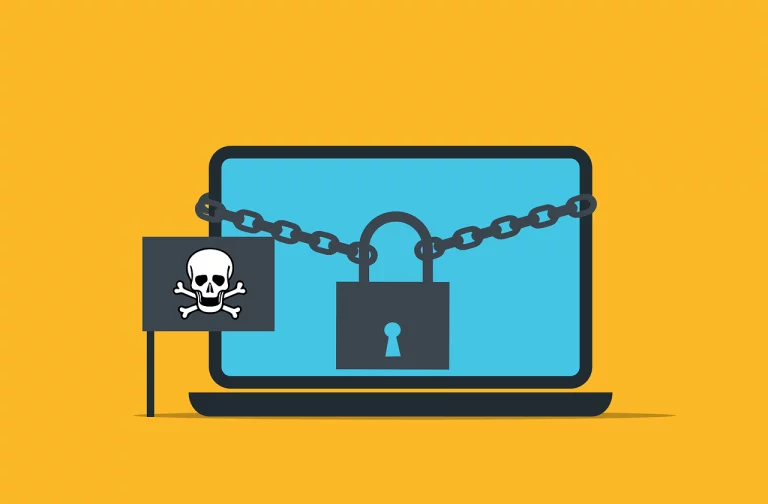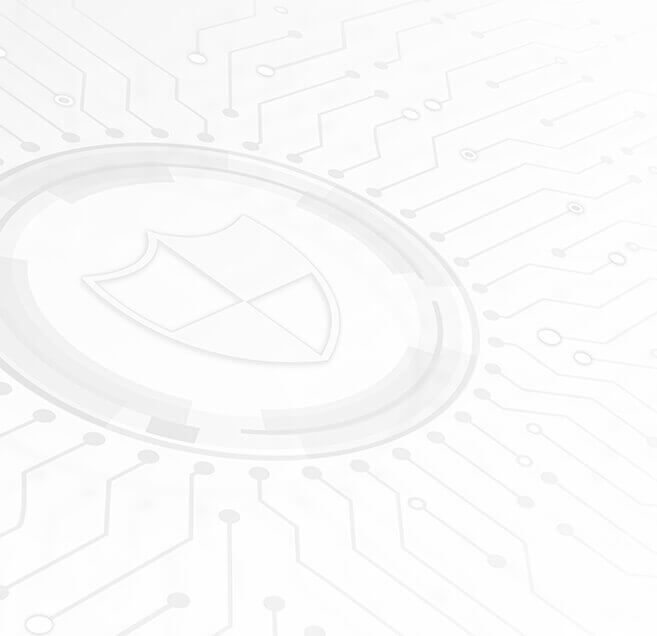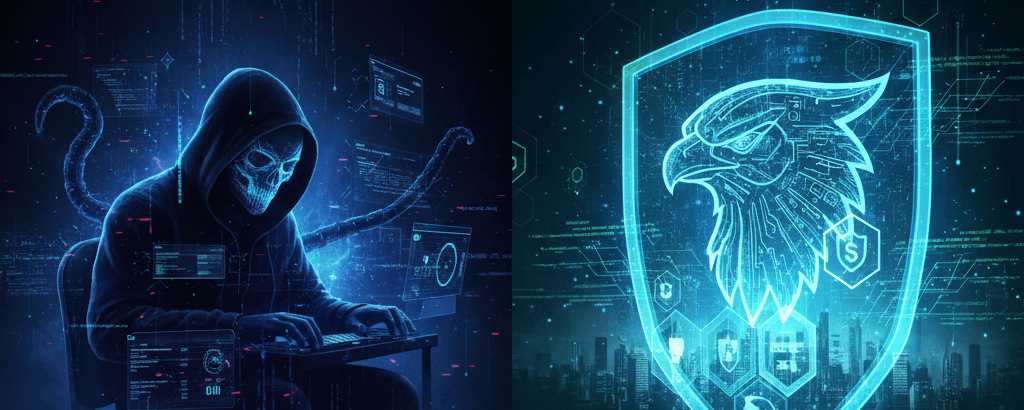
In the ever-evolving landscape of cybersecurity, one term that continues to rear its ugly head is ransomware. It’s not just a buzzword; it’s a real and pervasive threat that has left businesses and individuals grappling with the aftermath of digital extortion. Let’s discuss what ransomware is, understand its workings, and explore measures to shield yourself from the effects of it.
Unveiling the Enigma: What is Ransomware?
At its core, ransomware is a malicious software that hijacks your files, encrypting them, and holding them hostage until a ransom is paid. The perpetrators often demand payment in cryptocurrency, ensuring a level of anonymity that makes tracking them down a near impossible task. The pathway to infection typically involves deceptive phishing emails or compromised websites, with the unsuspecting user becoming the unwitting victim of a digital heist.
The Notorious Culprits: Lockbit and Wannacry
In the gallery of ransomware perpetrators, two names stand out: Lockbit and Wannacry.
Lockbit:
This cyber culprit gained notoriety for its double-extortion tactics. Beyond the usual file encryption, Lockbit threatens to expose sensitive data unless a ransom is paid, adding an extra layer of pressure on victims to comply.
Wannacry:
Often referred to as the Blackbeard of ransomware, Wannacry made headlines globally in 2017. The group exploited vulnerabilities in Microsoft Windows, wreaking havoc in over 150 countries. Wannacry’s aim wasn’t just financial gain; it sought to disrupt systems and sow chaos.
Recent Incidents: A Glimpse into Ransomware’s Reach
The digital battlefield has witnessed several recent ransomware attacks, each serving as a stark reminder of the potential consequences.
Colonial Pipeline Hack (2021):
DarkSide, a nefarious group, orchestrated an attack on Colonial Pipeline, disrupting fuel supplies across the United States. The incident highlighted the vulnerability of critical infrastructure to cyber threats.
JBS Meatpacking (2021):
The REvil gang targeted JBS, the world’s largest meat processing company, causing widespread disruptions in meat supply chains globally. An $11 million Bitcoin ransom was demanded for the restoration of systems.
Kaseya VSA Supply Chain Attack (2021):
Exploiting a vulnerability in Kaseya’s software, the REvil group orchestrated a supply chain attack, compromising numerous businesses through a single strategic assault.
Royal Mail (2022):
In a more recent incident, Royal Mail fell victim to a ransomware attack that affected its parcel tracking system. The attack caused delays and disruptions in the mail delivery process.
Defending Against the Digital Pirates:
Amidst the looming threat of ransomware, there are practical steps individuals and businesses can take to fortify their digital defences:
Educate and Train:
Arm your team with knowledge. Regularly conduct training sessions on recognising phishing emails, suspicious links, and potentially harmful attachments.
Backup Regularly:
Create offline backups of critical data. This practice ensures that even if ransomware strikes, you can restore your files without succumbing to extortion.
Update Software Promptly:
Regularly update your operating systems, antivirus programs, and all other software. Many ransomware attacks exploit vulnerabilities in outdated systems.
Cyber Insurance:
Consider investing in cyber insurance. While it won’t prevent an attack, it can provide financial support for the recovery process.
Conclusion:
In conclusion, the spectre of ransomware continues to cast its shadow, but through vigilance, education, and proactive defence strategies, we can navigate these treacherous waters. Stay informed, stay secure, and together, we can build a digital world that’s resilient to the threats that lurk in the shadows.
To find out how Mondas can help protect your business from cyber attacks, get in contact with our experts.





